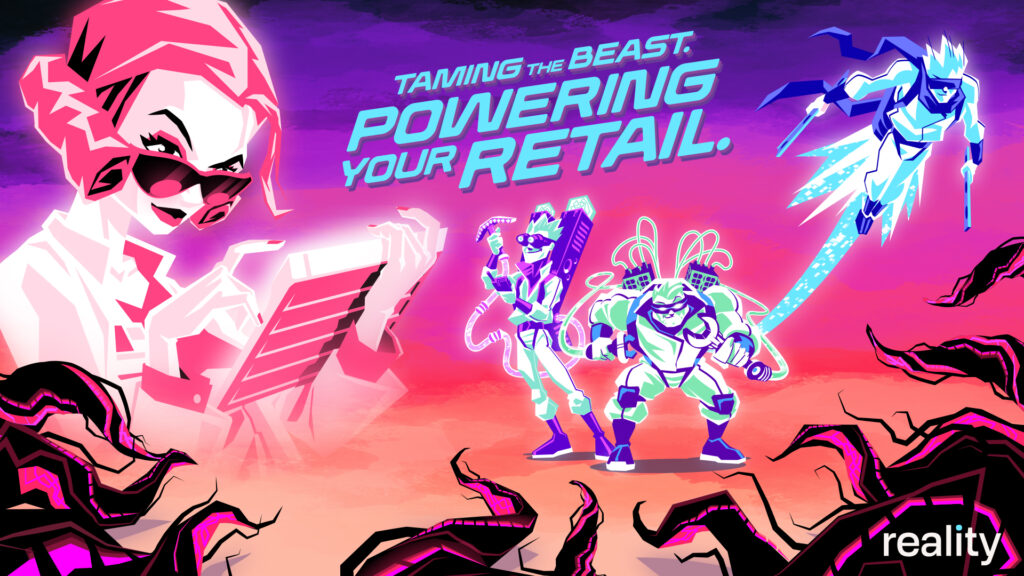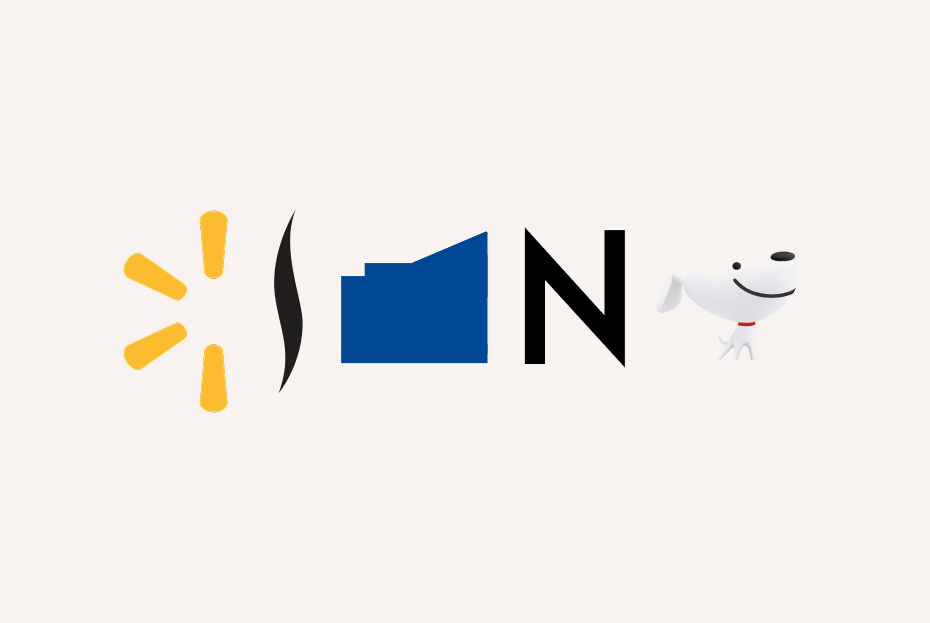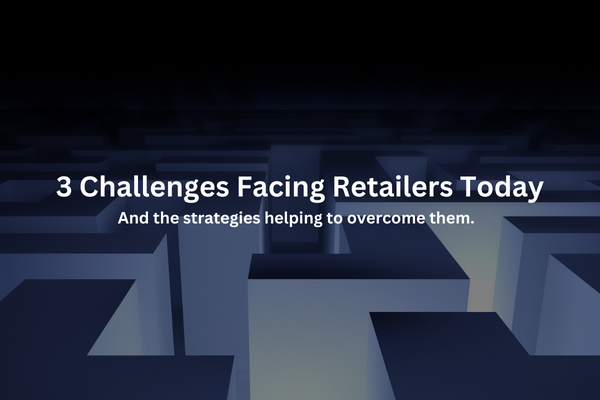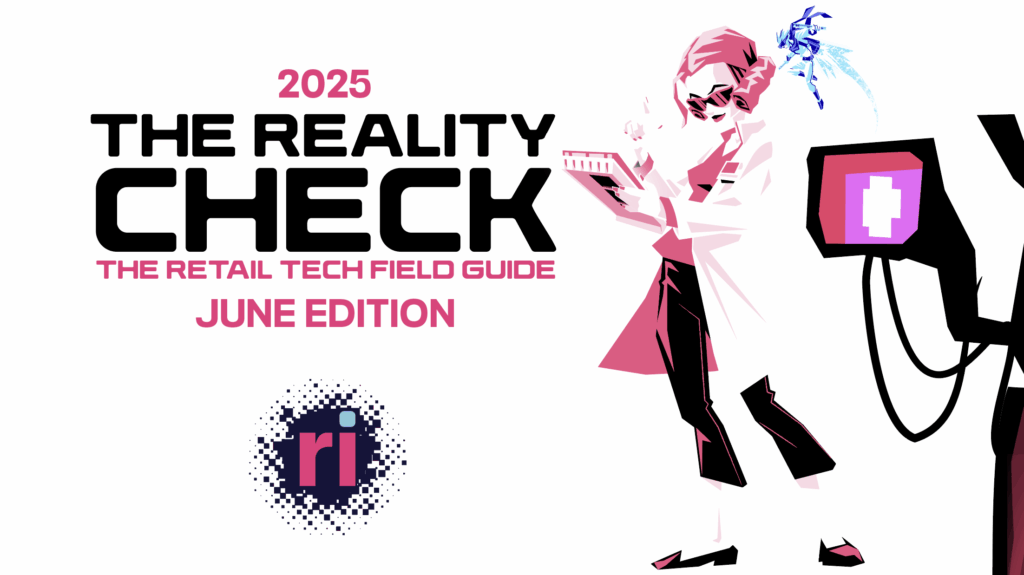This article was written by Steve Cocheo, Executive Editor at The Financial Brand and published here.
Digital transformation may be all the rage in the retail banking world. But businesses say live bankers are still a key part of the service. In their attempts to compete with online business lenders, some financial institutions may have gone too far.
Online business lenders often turn around a loan request fast, and offer business owners the ability to apply at any time on any device. Important considerations, to be sure, but not the only ones. What they generally don’t offer is a face or a place — areas where traditional lenders have an edge.
New research suggests large and regional financial institutions are losing their edge on the human side of the equation. Businesses these days still crave the value of working with a live banker in a branch who really understands what they do and what they need. Banking brands that want to build strong relationships with businesses will need a blend of digital, data and good old fashioned human-powered gut instinct.
The findings from a J.D. Power study of small business leaders reveals their feelings about the level of service provided by larger banking providers. The research uncovered some disturbing numbers. According to the firm’s latest U.S. Small Business Banking Satisfaction Study:
- Only 37% of small business operators feel their bank appreciates their business
- Only 32% think their bank understands their business
- Only 23% say their institution anticipates their banking needs
In an environment where there is increasing emphasis on personalization and truly understanding each consumer’s financial needs, these are statistics that should make every senior leader in the banking industry uncomfortable.
Bob Neuhaus, Vice President at J.D. Power and a former banker, says a key reason businesses are feeling unappreciated likely hinges on the human element — or, more precisely, the lack of a human element. Shifting digital and de-emphasizing the account manager function may be efficient, but it weakens the connection between bankers and the entrepreneurs and business owners they are trying to cultivate relationships with.
“That’s a pretty big miss,” says Neuhaus.
“7 out of 10 small firms say their bank fails to understand their business.”
Some very large institutions have made significant investments in digitizing aspects of small business banking, and lending to businesses has become increasingly digital in the face of online competition. But business banking at most financial institutions has been left largely untouched in the rush to digitize everything; it’s one aspect of banking that still resembles the traditional models of yesteryear.
J.D. Power reports that 61% of small businesses in its sample are much less likely to use digital banking channels, and are still classified as “branch dependent.” Nearly half don’t use mobile business banking offerings at all — even if their bank even offers it.
Streamlined offerings for extremely small and ultra-simple businesses have been coming out. One example is Azlo, a fee-free, mobile app for businesses, built on the rails of BBVA Compass. (BBVA Compass provided some seed money, but use of its branches is not part of the Azlo offering.) Launched in early 2018, Azlo is designed for the gig economy and “digital entrepreneurs,” among others.
While such digital solutions may be a growing segment, the survey found that many small businesses don’t feel that mobile banking services adds any value to the relationship they have with their provider. Neuhaus points out that there are still many businesses that rely on cash and coin handling, something that no app has yet been able to replace.
What really works for the companies surveyed? Live, human account managers — not cheap, but they pay off in satisfaction scores. The survey found that banks where account managers are assigned to small businesses enjoy significantly higher satisfaction ratings than those that don’t.
But just having a warm body in the chair isn’t enough. The account manager must be perceived as a “trusted advisor,” according to J.D. Power. Small businesses that don’t consider managers to be trusted advisors are even less satisfied with their bank than those who lack an account manager.
“It’s much worse to assign an account manager to the relationship if that person lacks the skills or desire to get the job done,” explains Neuhaus.
For the first time, J.D. Power’s annual survey introduced a “Trust Index” score, which judged banks on four qualities: ability to fulfill service expectations; ability to take responsibility and resolve mistakes; put small businesses’ interests first; and providing guidance and advice. No bank included in the study achieved above-average levels of satisfaction without also having an above-average trust index rating.
You Can’t Ignore the Human Bond in Business Banking
Many retail banking functions could be delivered by a vending machine. After all, that’s essentially what an ATM is. But Neuhaus says that business banking relationships go deeper, and — when delivered by a trusted bank — can convey more than online lenders.
“The process of providing credit to a business in a sense validates that business,” he explains. “That forms a bond of trust when that happens.”
The account manager can serve as a symbol of that bond, if not the actual focus of it. “So if you take out the account manager,” says Neuhaus, “you take out the closeness.”
Having bankers in charge of commercial relationships is one of the factors that keep community banks competitive in small business banking, in spite of competition from larger institutions and nonbank online lenders. Community bank account managers still make “story situation” loans, Neuhaus explains — credits granted based on the personal connection between banker and small business owner that no algorithm can capture.
There’s more to the relationship than getting a favorable ear on a loan. Neuhaus explains that a knowledgeable account officer knows what’s going on in a market and can almost be a team member with the small firm. The banker who really knows the small business and the market can bring suggestions to the table that can help generate new business or save money.
For all players, Neuhaus continues, “the challenge is to be able to have such relationships with scarce resources. Banks need to focus on better integrating high-touch resources with innovative digital tools.” Cutting back on the human element without sufficiently addressing the resulting gap through suitable technology is one source of the dissatisfaction reflected in the survey. Neuhaus suggests that better usage of business customer data could help providers make more efficient use of the human assets that they can afford to assign to appropriate accounts.
“That can help with the bandwidth issue,” says Neuhaus.
View the original article here.







